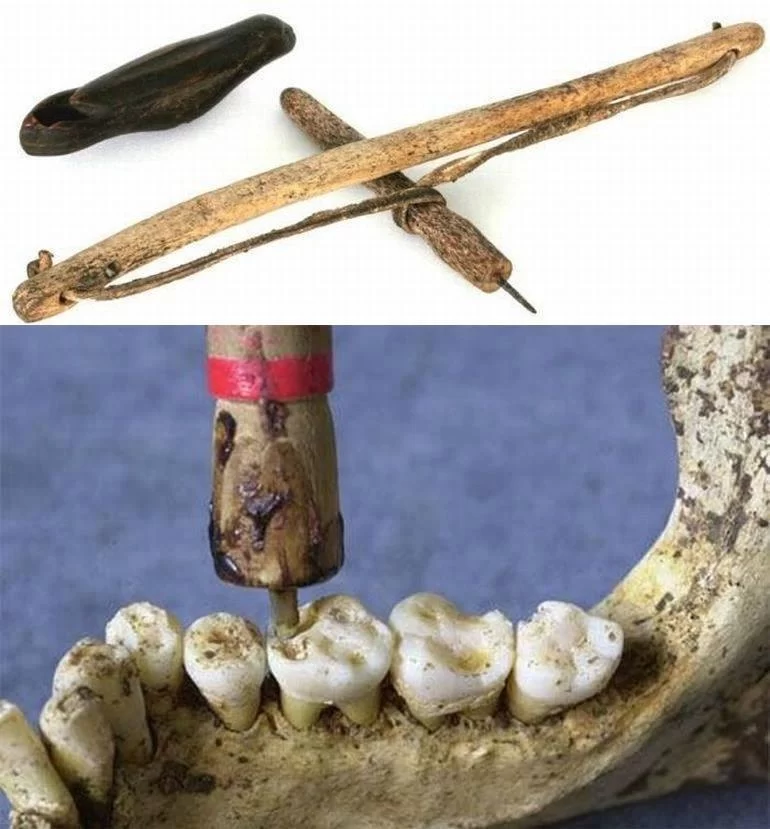
1. The Origins of Ancient Oral Hygiene Practices
When we think of oral hygiene, most people imagine toothbrushes, toothpaste, and floss. But humans have cared about clean teeth for thousands of years before these inventions existed. The question of how ancient people kept oral hygiene reveals fascinating insights into the creativity and ingenuity of early civilizations. From ancient Egypt to Mesopotamia, people developed unique ways to clean their teeth, freshen their breath, and maintain overall dental health—long before the first toothbrush appeared.
Archaeological evidence shows that even early humans understood the importance of dental hygiene. Ancient skulls found in regions like Africa and Asia show signs of toothpicks, herbal rinses, and chewing sticks. While their tools were simple, their goal was clear: to keep their mouths clean and their breath fresh.
2. Natural Tooth Cleaning in Early Civilizations
2.1 Ancient Egypt – The first recorded toothpaste
The Egyptians were among the first to create a form of toothpaste. Around 5,000 BC, they made a gritty powder using crushed eggshells, pumice, burnt ox hooves, and myrrh. This mixture cleaned teeth effectively but was harsh on enamel. Some recipes even included mint or cinnamon to add flavor and freshen breath. Their “tooth powder” was often applied with the finger or a small twig, rubbed directly on the teeth.
Historians have discovered that Egyptians valued white, clean teeth as a sign of beauty and social status. In fact, some ancient scrolls even list oral hygiene as part of personal grooming rituals, proving that dental care was not just practical—it was cultural.
2.2 Mesopotamia and the use of chewing sticks
In Mesopotamia, people cleaned their teeth using “chew sticks”—thin twigs from aromatic trees such as licorice or neem. One end was frayed to create a brush-like tip, while the other was sharpened to serve as a toothpick. These sticks naturally contained antibacterial properties, making them highly effective for daily oral care. The practice later spread to the Middle East and Asia and continues in some regions today under the name “miswak.”
Interestingly, modern studies show that chewing sticks can reduce plaque and fight gum disease, making this ancient habit surprisingly scientific.
2.3 China and India – Herbal wisdom and mouth rinses
In ancient China and India, oral hygiene took a holistic approach. Ayurvedic medicine recommended rinsing the mouth with sesame oil or herbal infusions each morning—a practice known as “oil pulling.” This routine was believed to remove toxins and strengthen gums. In China, herbal powders made from ginseng, salt, and green tea leaves were used to clean teeth and freshen the mouth.
Both cultures saw oral hygiene as part of overall health. A clean mouth was considered essential for balance and longevity, connecting physical well-being with spiritual purity.
3. The Greek and Roman Influence on Dental Care
3.1 Ancient Greece – The beginnings of dental science
The Greeks took oral hygiene seriously and were among the first to associate diet with dental health. Hippocrates, often called the “father of medicine,” suggested rinsing with vinegar and using abrasive pastes made from crushed shells and herbs. They also used fine cloths to rub their teeth clean. For fresh breath, Greeks chewed aromatic resins like mastic gum—a tradition that continues today in parts of the Mediterranean.
3.2 Rome – When hygiene met luxury
The Romans took Greek ideas and refined them. They made toothpaste from ingredients such as charcoal, bark, and even powdered bones. Wealthy Romans had access to imported tooth powders and mouth rinses scented with mint and wine. Public baths often included sections for grooming where people could clean their teeth as part of their daily self-care. Roman society linked cleanliness with civility, and oral hygiene was a natural extension of that ideal.
4. The Middle Ages – Decline and Rediscovery
After the fall of Rome, Europe entered the Middle Ages, when oral hygiene temporarily declined. Limited access to clean water and medical knowledge meant people brushed less often, relying instead on rough cloths or herbs like sage and mint to mask odors. However, in the Islamic world, dental hygiene continued to advance. The Prophet Muhammad famously encouraged the use of the miswak stick, helping preserve this ancient method for centuries.
By the Renaissance, European apothecaries began producing tooth powders again—this time with chalk, salt, and crushed herbs. It was the beginning of modern dentistry as we know it today.
5. The Evolution Toward Modern Oral Care
5.1 From natural materials to modern toothbrushes
The first bristle toothbrush was invented in China during the Tang Dynasty (around the 7th century AD). Made with boar hair and bamboo handles, it was a far cry from today’s soft nylon brushes—but it worked. When this idea reached Europe in the 17th century, it revolutionized oral hygiene once again.
5.2 The global influence of ancient wisdom
Many modern products still echo ancient practices. Herbal toothpaste brands use ingredients like mint, clove, and neem that have been cleaning teeth for thousands of years. Even the concept of mouth rinsing and oil pulling remains popular in natural wellness circles. Ancient people may not have had dentists, but they left behind timeless wisdom on how to care for one of our most important assets—a healthy smile.
6. What We Can Learn from Ancient Oral Hygiene Today
Understanding how ancient people kept oral hygiene reminds us that clean teeth have always been more than cosmetic. They represent health, discipline, and even identity. Our ancestors proved that you don’t need modern tools to maintain oral health—just consistency, natural resources, and awareness. Today, we blend ancient knowledge with modern technology for the best results.
If you’re looking to improve your own oral care routine or explore safe and natural options, Family Dentistry Online provides expert guidance, product reviews, and service recommendations to help you maintain a healthy and confident smile. From ancient tooth powders to modern electric brushes, oral hygiene has always been—and continues to be—a vital part of human history.



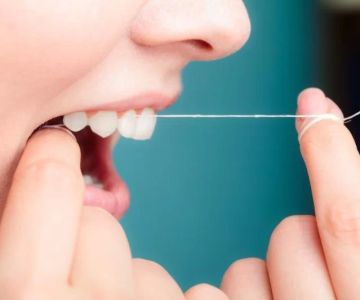
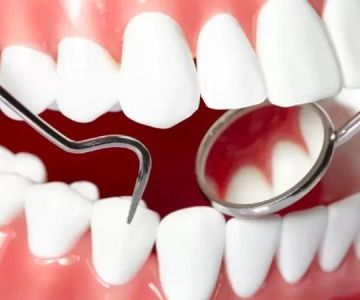

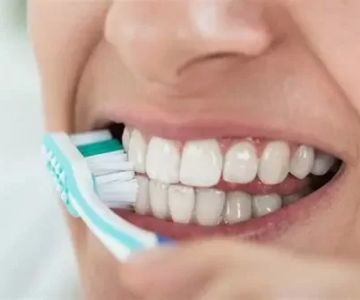
 Tigard Modern Dentistry4.0 (169 review)
Tigard Modern Dentistry4.0 (169 review) Whitewater Orthodontic Studios5.0 (137 review)
Whitewater Orthodontic Studios5.0 (137 review) Clarity Dental Center for Implant and Family Dentistry4.0 (303 review)
Clarity Dental Center for Implant and Family Dentistry4.0 (303 review) Aubin Orthodontics4.0 (38 review)
Aubin Orthodontics4.0 (38 review) Absolute Dental - Flamingo4.0 (582 review)
Absolute Dental - Flamingo4.0 (582 review) Waukegan Dental Wellness0.0 (0 review)
Waukegan Dental Wellness0.0 (0 review) The Importance of Oral Health Education During Pregnancy for a Healthy Pregnancy
The Importance of Oral Health Education During Pregnancy for a Healthy Pregnancy Best Tips for Brushing Your Teeth Properly for Healthy Gums: Essential Techniques for Oral Health
Best Tips for Brushing Your Teeth Properly for Healthy Gums: Essential Techniques for Oral Health Why Skipping Dental Checkups Can Lead to Bigger Oral Health Problems
Why Skipping Dental Checkups Can Lead to Bigger Oral Health Problems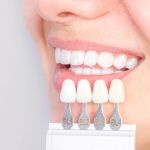 Advantages of Porcelain Dental Restorations
Advantages of Porcelain Dental Restorations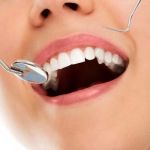 How Can Diabetes Cause Tooth and Gum Problems? Preventing and Managing Oral Health Issues
How Can Diabetes Cause Tooth and Gum Problems? Preventing and Managing Oral Health Issues Healthy Habits for Promoting Good Oral Health and Hygiene: Tips for a Healthy Smile
Healthy Habits for Promoting Good Oral Health and Hygiene: Tips for a Healthy Smile